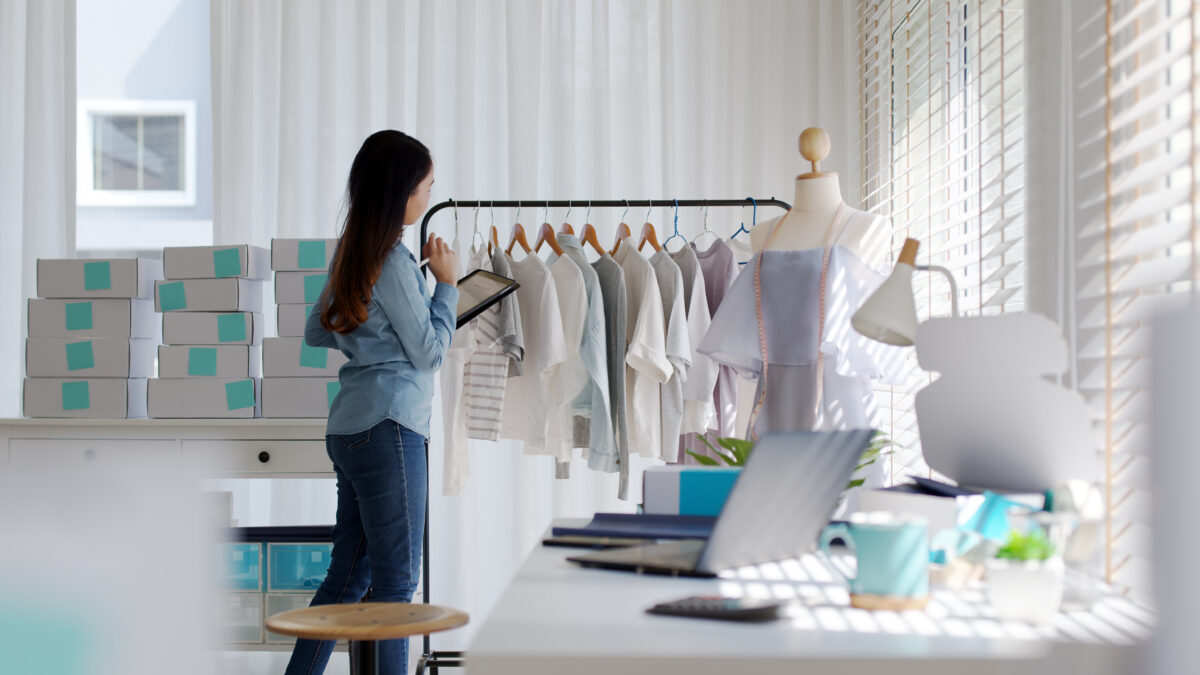This blog is co-authored by Nina Seth, Product Marketing Director, and Sumit Mittal, Product Director – Commerce Solutions
With the growth in e-commerce sales, one might think that the brick-and-mortar store is dead. But nothing can be further from the truth. In fact, the store has become a key component of retailers’ omni-channel strategy. When the pandemic shuttered stores, many retailers dove straight into omni-channel offerings including curbside pickup; ship from store, and buy online, pick up in-store (BOPIS). By 2024, U.S. click-and-collect sales will reach $140.96 billion, with click and collect expected to grow 15% annually.
As stay-at-home orders and pandemic-related restrictions end across the globe, retailers are wondering whether consumers will continue to embrace store fulfillment options, how much more should they invest in speed and convenience options, what percentage of consumers will return to in-person shopping.
Over the past year, 40% of Americans tried a new shopping method, and nearly three-quarters of people who have tried curbside pickup, BOPIS, or delivery want to continue using these services after the pandemic ends. This certainly means that there is no going back.
To stay ahead and certainly compete with top retailers that leveraged stores as part of their omni-channel, more retailers will need to do the same. Stores like Target, Walmart, and Ulta successfully leveraged stores as part of their omni-channel strategy and saw great financial results. Target’s DriveUp service grew 80% YoY in 2021. With consumer preferences changing, it’s imperative for retailers to utilize the right technologies to effectively use stores as part of their digital transformation strategy.
Blue Yonder’s Order Fulfillment capabilities helps retailers deliver modern commerce experiences by supporting store fulfillment options such as curbside pick-up, buy online pickup-in-store (BOPIS), ship from/to store, and same day delivery/last mile. Using the persona-based Order Fulfillment mobile application, a store manager can get full visibility of all store micro-fulfillment activities within their store with actionable dashboards to make store fulfillment decisions (i.e., accepting/rejecting orders, assigning orders, prioritizing orders). Store associates can also utilize the same mobile application’s intuitive workflows to see tasks assigned to them to efficiently pick, pack, and fulfill orders. The solution enables retailers to streamline and optimize store fulfillment operations for online orders to ensure that customers receive the right order, at the right time, through their channel of choice.
Retailers can leverage Order Fulfillment capabilities when utilizing their brick-and-mortar locations for both in-store shopping and store fulfillment, as well as scenarios where store locations have been converted fully or partially into dark stores to meet the demands of online order fulfillment. With greater demand to offer one- and two-day delivery, the microservice supports parcel carrier integration, allowing retailers to send products to last-mile carriers from local stores rather than far flung warehouses.
Leveraging stores as part of their digital transformation is a win-win for retailers and for customers alike. Using stores to fulfill orders reduces inventory carrying costs and markdowns and enables faster delivery and/or pick up for customers. Options such as BOPIS drive foot traffic, enabling stores to garner incremental sales. Who hasn’t pickup their BOPIS order and then added a few last-minute items to their cart. Store pick-up options such as BOPIS and curbside also ensure product availability before shoppers leave home. Nothing is more disappointing than finding out that an item is no longer available or it’s sold out once you reach a store.
To learn more about Blue Yonder’s Order Fulfillment capabilities, visit us here.

